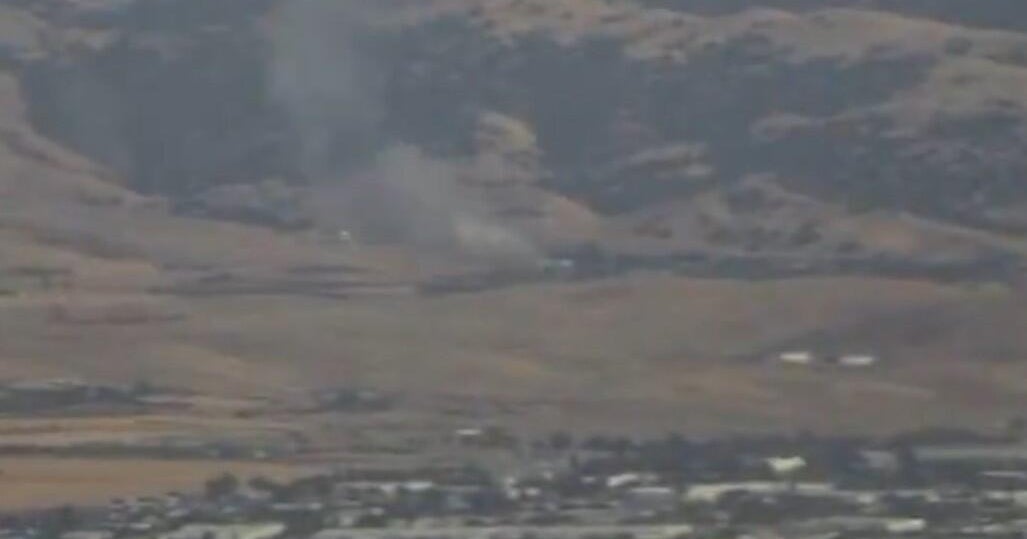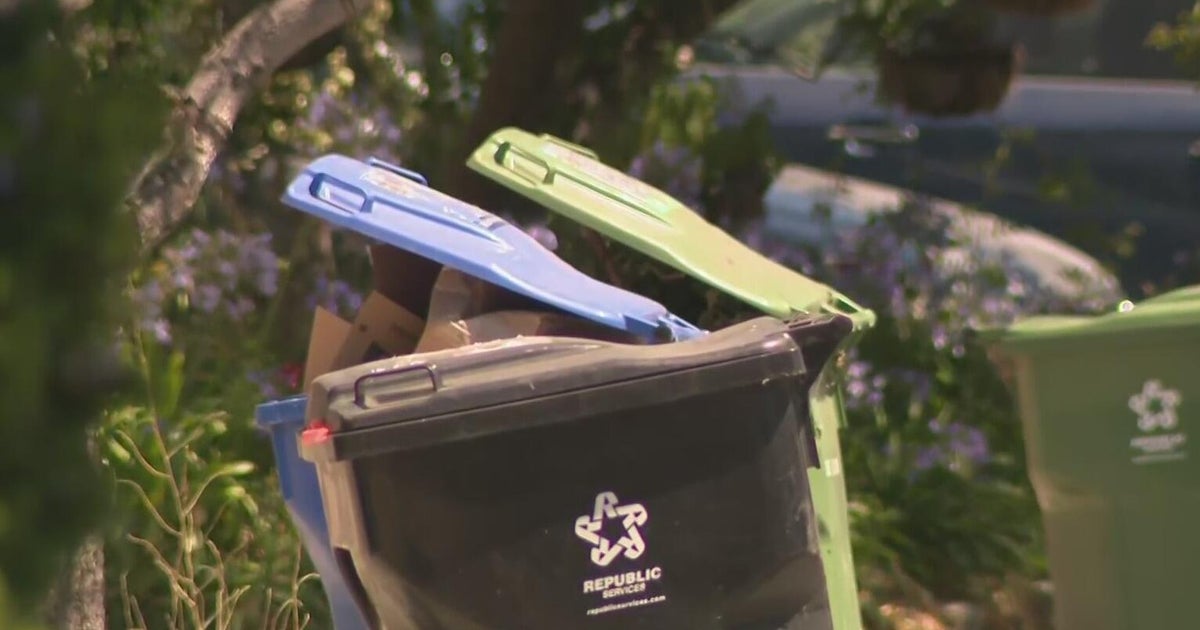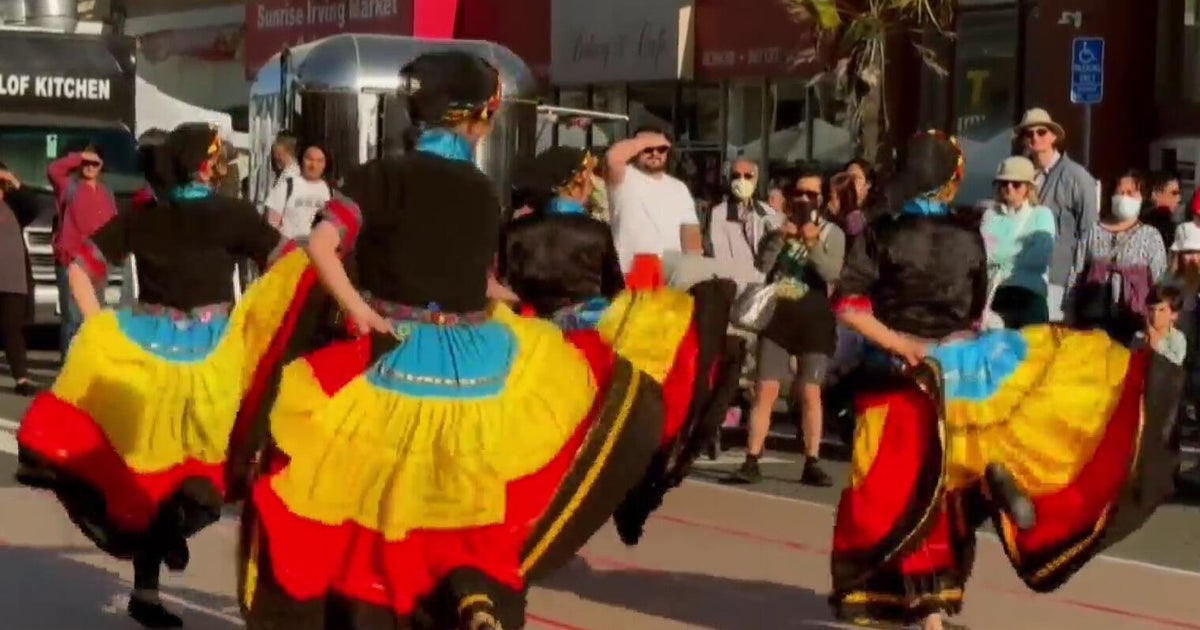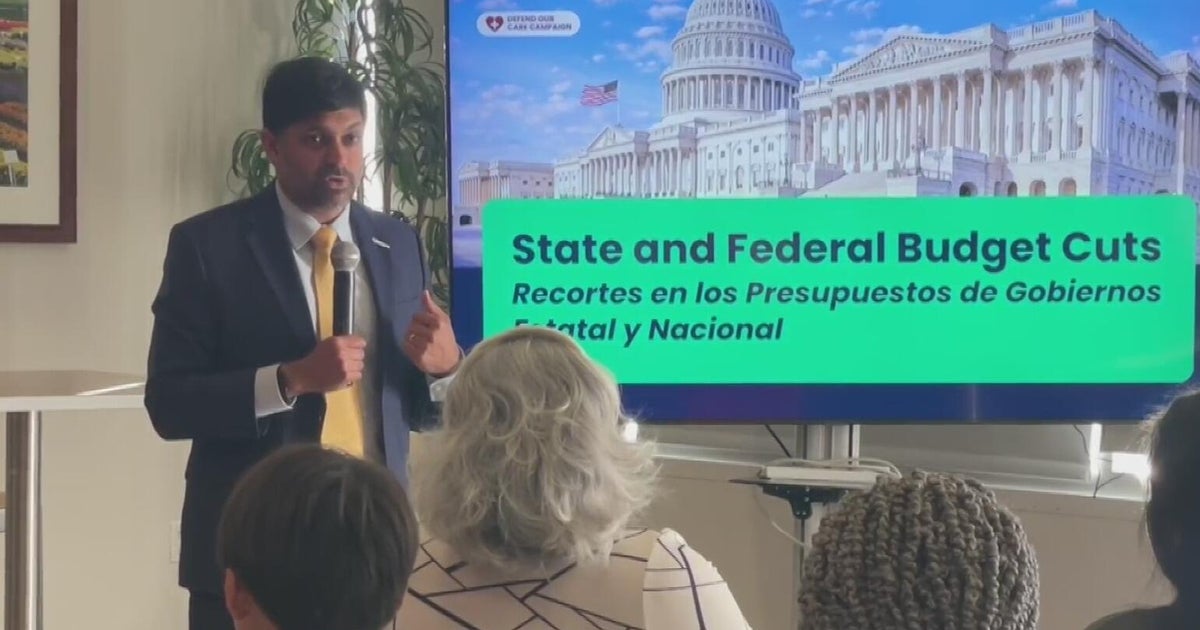Hawaii Volcano Eruption Destroys 35 Structures
(CNN) -- The destructive tear of this volcanic eruption isn't over yet. Lava and hazardous fumes were still spewing on Hawaii's Big Island on Monday, four days after the Kilauea volcano erupted.
By Monday morning, 35 structures -- including at least 26 homes -- had been destroyed, Hawaii Civil Defense said.
Authorities are now pleading with tourists and sightseers to avoid the Leilani Estates neighborhood, where lava and fumes are seeping through giant cracks in the ground.
"Please, the residents of Leilani need your help," Hawaii Civil Defense said. "This is not the time for sightseeing. You can help tremendously by staying out of the area," Civil Defense said.
How this started
Big Island's Kilauea volcano erupted Thursday, spewing molten rock and high levels of sulfur dioxide.
Even worse, cracks emerged in the volcano's East Rift Zone -- an area of fissures miles away from the volcano's summit.
All residents of Leilani Estates, a community of about 1,700 people near Big Island's eastern edge, and nearby Lanipuna Gardens were ordered to evacuate.
The eruption was followed by a 6.9 magnitude earthquake Friday.
Is there such a thing as volcano insurance in Hawaii?
Residents return briefly
Some Leilani Estates residents were able to return home Sunday to retrieve pets, medicine and vital documents.
But even a quick visit home could be dangerous.
"Please be aware that because of unstable conditions that involve toxic gas, earthquakes and lava activities, lines of safety can change at any time," Hawaii Civil Defense said. "You must be prepared to leave areas if required."
The Hawaii State Department of Education said all public schools on Big Island are open Monday, but that students absent due to evacuations would not be penalized. It said school buildings had been checked for earthquake damage and found to be safe.
Dangerous volcanic gases
The eruptions have released high levels of sulfur dioxide into the air, and the federal Agency for Toxic Substances and Disease Registry says the gas can be life-threatening.
Breathing large amounts of sulfur dioxide can result in burning of the nose and throat, and breathing difficulties. Senior citizens, the young and people with respiratory issues are especially vulnerable to the gas, the state's Emergency Management Agency said.
The Hawaii Department of Health has warned consumers that no masks sold to the general public in stores will protect against "the extremely dangerous volcanic gases" being released.
"First responders require special masks and training not available to private citizens," the department said in a statement Sunday.
"The best way to protect yourself and your family from the extremely dangerous volcanic gases is to leave the immediate area of the volcano defined by the police and fire department," it said.
The American Red Cross has opened two shelters at the Pahoa and Keaau Community Centers, where some evacuees have gathered while they await news about their homes.
'I've got what I've got on my back'
Resident Steve Gebbie initially stayed home when evacuations were ordered. But when he saw lava tear through the streets near his Leilani Estates home, he knew he needed to leave.
He didn't know what would become of his house, one he built with his own hands.
"Now it's trying to figure out what the future brings. ... My work. My job. Am I going to have to move to somewhere else on the island?" Gebbie asked.
"I'd have to start over at age 56. That's concerning."
Corey Hale said she wishes she had been able to get more things from her home in Lanipuna Gardens before she left -- like a compass that belonged to her great-grandfather.
"At this point, I've got what I've got on my back," she said. "I didn't realize until this morning, I've got one pair of shoes."
'A moment of panic'
When Jordan Sonner bought her property in 2016, she knew the neighborhood sat in the shadow of the Kilauea volcano.
She was also aware that one day the volcano could erupt, Sonner said, and lava could overtake the area. But she was more excited about her home and being a first-time homeowner.
"At the time, I understood it as a possibility," she said. But she never thought it would be a reality.
Sonner was at work this week when she heard that lava had erupted in her neighborhood.
"It was a moment of panic," she said, "because the only thing I knew was, 'lava in Leilani.'"
After Hawaii's false ballistic missile alert in January, Sonner realized she didn't have an emergency plan. "I took that to heart, and I got myself and my dogs prepared just in case something were to happen."
This time she was ready. She had bags packed with her clothes, important documents and whatever her dogs would need. The only other item she took was a chain necklace that belonged to her late father.
"I've always said that's the only thing I would run back into a burning building for, barring people and animals," she said. "There wasn't anything that important."
© Copyright 2018 CNN. All Rights Reserved. This material may not be published, broadcast, rewritten or redistributed.



